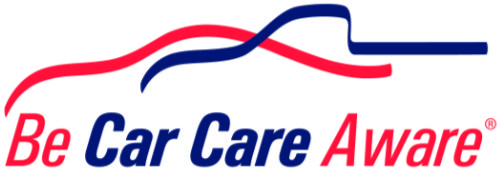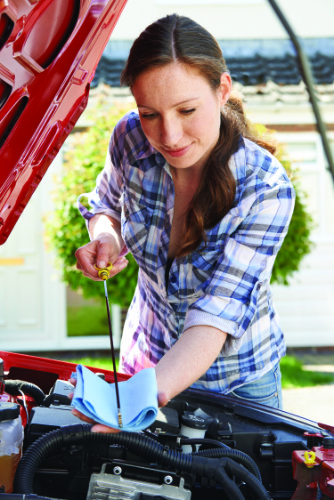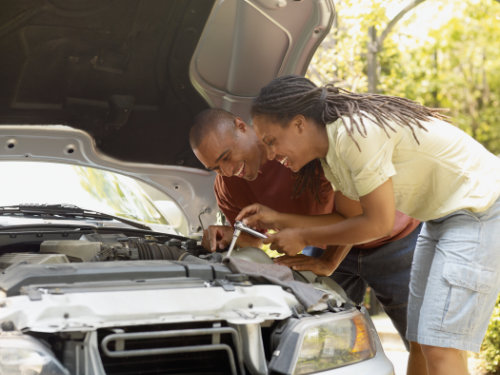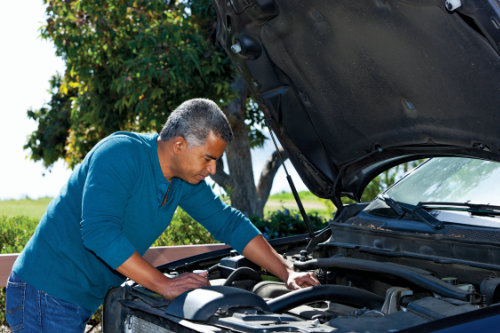Alignments focus on angles. The angles can be affected by the condition of steering and suspension components. These items like ball joints, control arm bushings, and tie rods wear with time, age, driving and road conditions (think Michigan potholes). Once parts become worn and loose, angles change which directly affects the position of the tires. In simple terms, an alignment is the re-establishing of manufacturer specified angles for your car. We’ve posted before about the benefits of taking care of your tire investment. Have an alignment performed every 18-24 month to make sure your tires are wearing properly. At Irish Hills Collision & Service we test drive first, then perform a full suspension and steering inspection prior to an alignment. After the alignment is complete, the technician test drives a second time to verify the handling and steering wheel position.
What are the signs of misalignment?
• Greater wear on one edge of the tire compared to the other edge
• Rubbing your hand over the tread and it feels bumpy and your hand catches
• Off-center steering wheel, even though you’re driving straight
Hitting a curb, pothole or being involved in a small accident can knock a car’s alignment out of specification.

Front-end vs. four-wheel alignment
All wheels can be adjusted. Therefore, every vehicle is truly a four wheel alignment, whether or not adjustments can be made to each wheel depends on the vehicle. Front wheel measurements are taken based on the position of the rear wheels. However, vehicles with front and rear independent suspension are true four-wheel alignments. Vehicles with a straight rear axle (no adjustments possible) are considered front-end alignments.
Correcting the angles for optimum driving
There are three angles technicians are focused on when aligning your vehicle; toe, camber, and caster. Each one represents a different plane your tire is in relationship to the road and the axles.
Toe is the position of the tires, either pointed inward towards each other or outwards and away from each other, as viewed from the front of the car. To get an idea, place your feet on the ground and turn your toes towards each other. This would be toe-in. Conversely, turning your toes away from each other would represent toe-out. Toe in or out creates edge wear and chopping of tire tread blocks.
Think of camber as the angle which the tire is leaning outward at the top (and inward at the bottom), or inwards at the top (towards the frame of the vehicle) and outwards at the bottom on the road. Depending on the severity of the camber angle, you could expect to see extreme tire wear on either inside or outside edges of the tires.
When you turn the steering wheel, the front wheels respond by turning on a pivot attached to the suspension system. Caster is the angle of this steering pivot, measured in degrees when viewed from the side of the vehicle.
Once your car is properly aligned by a professional, you can expect a better driving vehicle. You might also notice improved fuel economy as your tires aren’t fighting against the road. If you’re seeing uneven tire wear and noticing your steering wheel off-center, call us to set up an appointment for an alignment.


 Basic car care is the key to a long-lasting vehicle, improving its safety and dependability, says the Car Care Council. Following a routine maintenance program also makes financial sense since neglected vehicle care almost always means much higher costs down the line in the form of more extensive repairs or lost resale value.
Basic car care is the key to a long-lasting vehicle, improving its safety and dependability, says the Car Care Council. Following a routine maintenance program also makes financial sense since neglected vehicle care almost always means much higher costs down the line in the form of more extensive repairs or lost resale value.



 You may take steps to reduce your environmental impact through the products you purchase and simple household actions, such as recycling – but what about the car you drive?
You may take steps to reduce your environmental impact through the products you purchase and simple household actions, such as recycling – but what about the car you drive?

